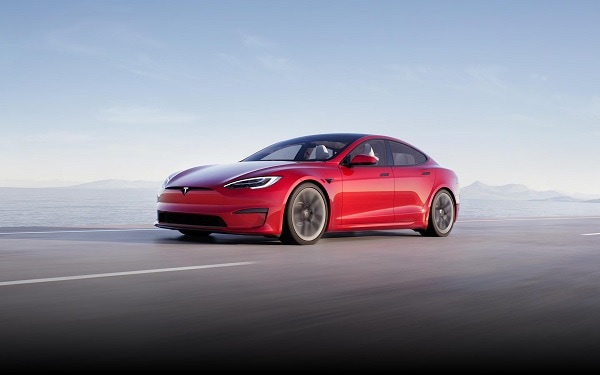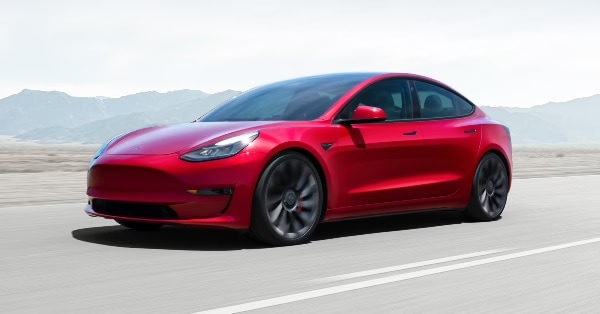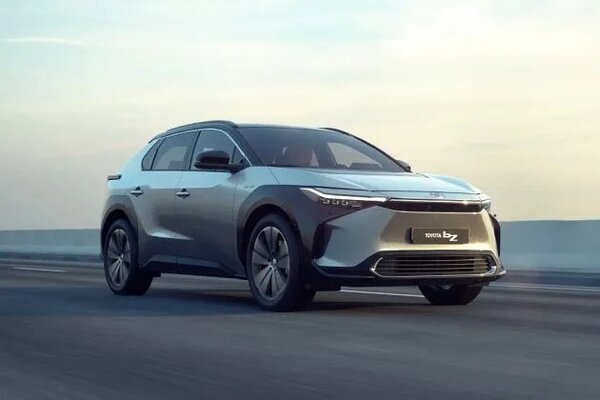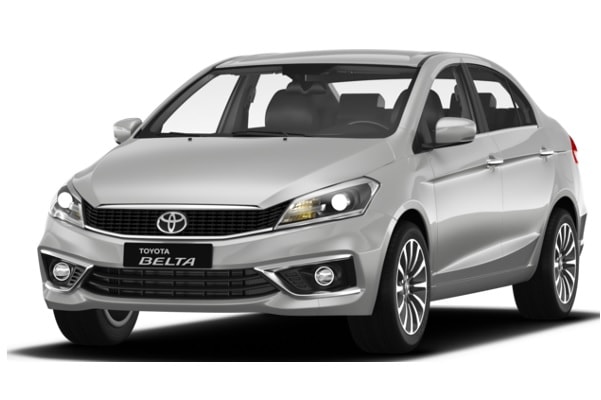Car-buyer backlash looms as automakers pursue software riches


It’s winter in Detroit, a time of year when the remote-start function on my Subaru goes from neglected smartphone app to ritual step before leaving the house. With highs in the low 20s, I want the engine warming and the seat heat fired up by the time I reach my car.
I pay Subaru $4.95 a month for this privilege, which makes me a good example of what auto companies are betting their futures on – consumers’ willingness to pay subscription fees for added features after they buy a car.
Also check these Cars
Automakers have set some ambitious goals on this front: General Motors told investors it will generate $20 billion to $25 billion a year by 2030 with in-car software. Stellantis, owner of the Jeep brand, is targeting $20 billion by the end of the decade; it made $400 million on such features last year.
The industry is playing catch-up with Tesla, which has been wowing owners for years with playful software features like musical car horns, Christmas light shows, and other hijinks that appear after a software update. Shelling out $12,000 upfront or as much as $199 a month for Tesla’s always-around-the-corner Full Self Driving capability is another level of consumer faith entirely.
Whether incumbents can generate the same sort of magic with their customers remains to be seen. According to a study J.D. Power published last October, most drivers don’t bother to explore new tech in their cars. When it comes to smartphone apps that sync to a vehicle, 66% of car-buyers said they’re not willing to pay anything for app features; a quarter were OK with monthly fees of $5 or $10, according to another J.D. Power survey from last January.
“Right now I don’t think we’re at a match with the consumer point of view versus what the industry is looking to provide," said Kristin Kolodge, an analyst at J.D. Power. “We’re seeing a huge drop off when it’s coming to those subscriptions."
There also seems to be a fine line between delighting consumers and provoking their wrath.
When some Toyota owners realized they needed an $8-per-month subscription to continue using remote-start on their key fobs, the backlash on social media was swift. (The key fob function is activated by Toyota’s connected-services packages, available for free-trial periods of three to 10 years, a spokesman explained.)
BMW was publicly skewered after it floated the idea of extra fees for heated seats. The company does not charge a subscription for heated seats, a spokesman said, and it’s in an “evaluation phase" with other software features.
Despite these pitfalls, automakers seem optimistic about finding a software sweet spot. Jeep is looking at off-roading tutorials for Wrangler owners. In the future, you might buy a Dodge muscle car that lets you download the specs of your favorite race car driver, or listen to their music playlist.
“We’ve put a lot of thought into what should be a subscription and what should not be a subscription," said Mamatha Chamarthi, who’s spearheading Stellantis’ software monetization strategy. “We are looking at what our customers are already used to, and not creating a friction from what their expectations are."
Both General Motors and Ford are about to test that principle with subscriptions to their advanced driver assistance systems, dubbed SuperCruise and BlueCruise respectively. The companies are each offering a three-year trial period on certain models; after that customers pay a recurring fee. Over time, they’ll offer more features, like automatic lane-changing.
Hyundai, which has distinguished itself in the U.S. by putting luxury tech on mass market cars, is taking a more holistic approach. Battery analytics or digital service alerts are useful to owners and also help the company save money on things like warranty costs, said Manish Mehrotra, who heads its digital business in North America.
There are still lots of unanswered questions. How do you put a price on safety? Or charge a recurring fee for tech that is cutting-edge today and ubiquitous five years from now? As Alexander Edwards, a marketing consultant to the auto industry, told me, “No one buys a vehicle because it has an FM stereo system."








 75 kWh
75 kWh 396 km
396 km

 2487 cc
2487 cc Petrol
Petrol













